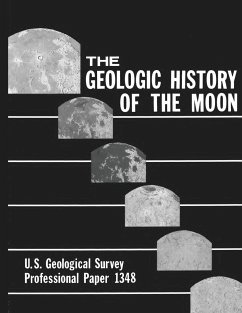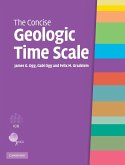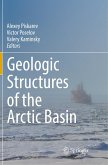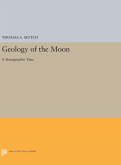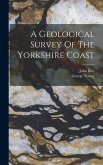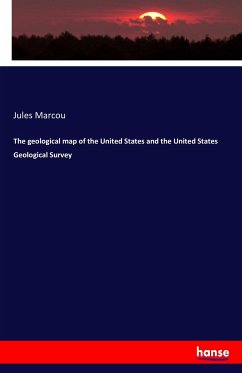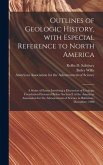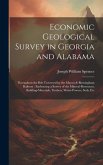More than two decades of study have established the major features of lunar geologic style and history. The most numerous and significant landforms belong to a size-morphology series of simple craters, complex craters, and ringed basins that were formed by impacts. Each crater and basin is the source of primary ejecta and secondary craters that, collectively, cover the entire terra. The largest impacts thinned, weakened, and redistributed feldspathic terracrustal material averaging about 75 km in thickness. Relatively small volumes of basalt, generated by partial remelting of mantle material, were erupted through the thin subbasin and subcrater crust to form the maria that cover 16 percent of the lunar surface. Tectonism has modified the various stratigraphic deposits relatively little; most structures are confined to basins and large craters. This general geologic style, basically simple though complex in detail, has persisted longer than 4 aeons (1 aeon = 109 yr). Impacts began to leave a visible record about 4.2 aeons ago, after the crust and mantle had differentiated and the crust had solidified. At least 30 basins and 100 times that many craters larger than 30 km in diameter were formed before a massive impact created the Nectaris basin about 3.92 aeons ago. Impacts continued during the ensuing Nectarian Period at a lesser rate, whereas volcanism left more traces than during pre-Nectarian time. ¿The latest basin-forming impacts created the giant and still-conspicuous Imbrium and Orientale basins during the Early Imbrian Epoch, between 3.85 and 3.80 aeons ago. The rate of crater-forming impacts continued to decline during the Imbrian Period. Beginning in the Late Imbrian Epoch, mare-basalt flows remained exposed because they were no longer obscured by many large impacts. The Eratosthenian Period (3.2-1.1 aeons ago) and the Copernican Period (1.1 aeons ago to present) were times of lesser volcanism and a still lower, probably constant impact rate. Copernican impacts created craters whose surfaces have remained brighter and topographically crisper than those of the more ancient lunar features.
Hinweis: Dieser Artikel kann nur an eine deutsche Lieferadresse ausgeliefert werden.
Hinweis: Dieser Artikel kann nur an eine deutsche Lieferadresse ausgeliefert werden.
